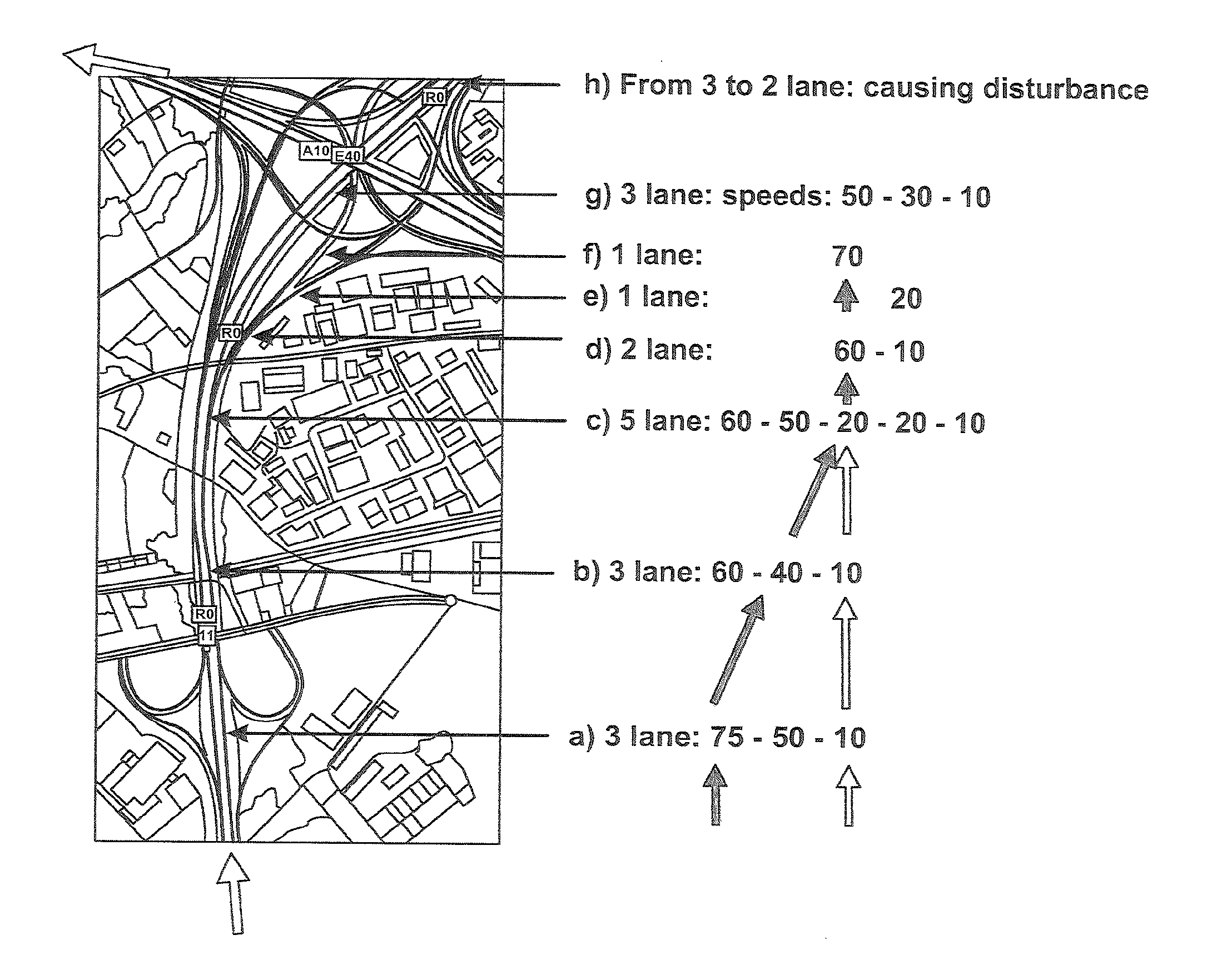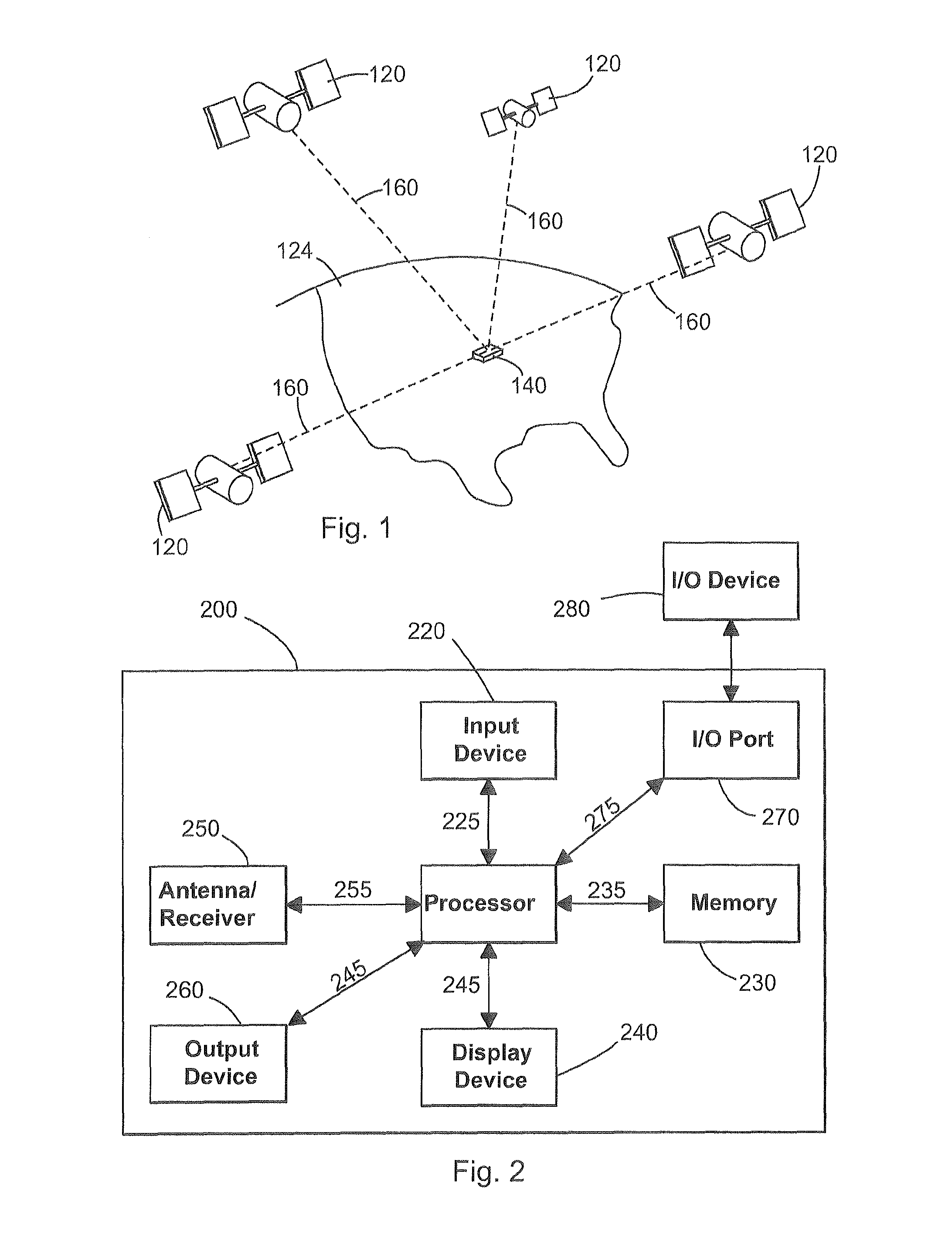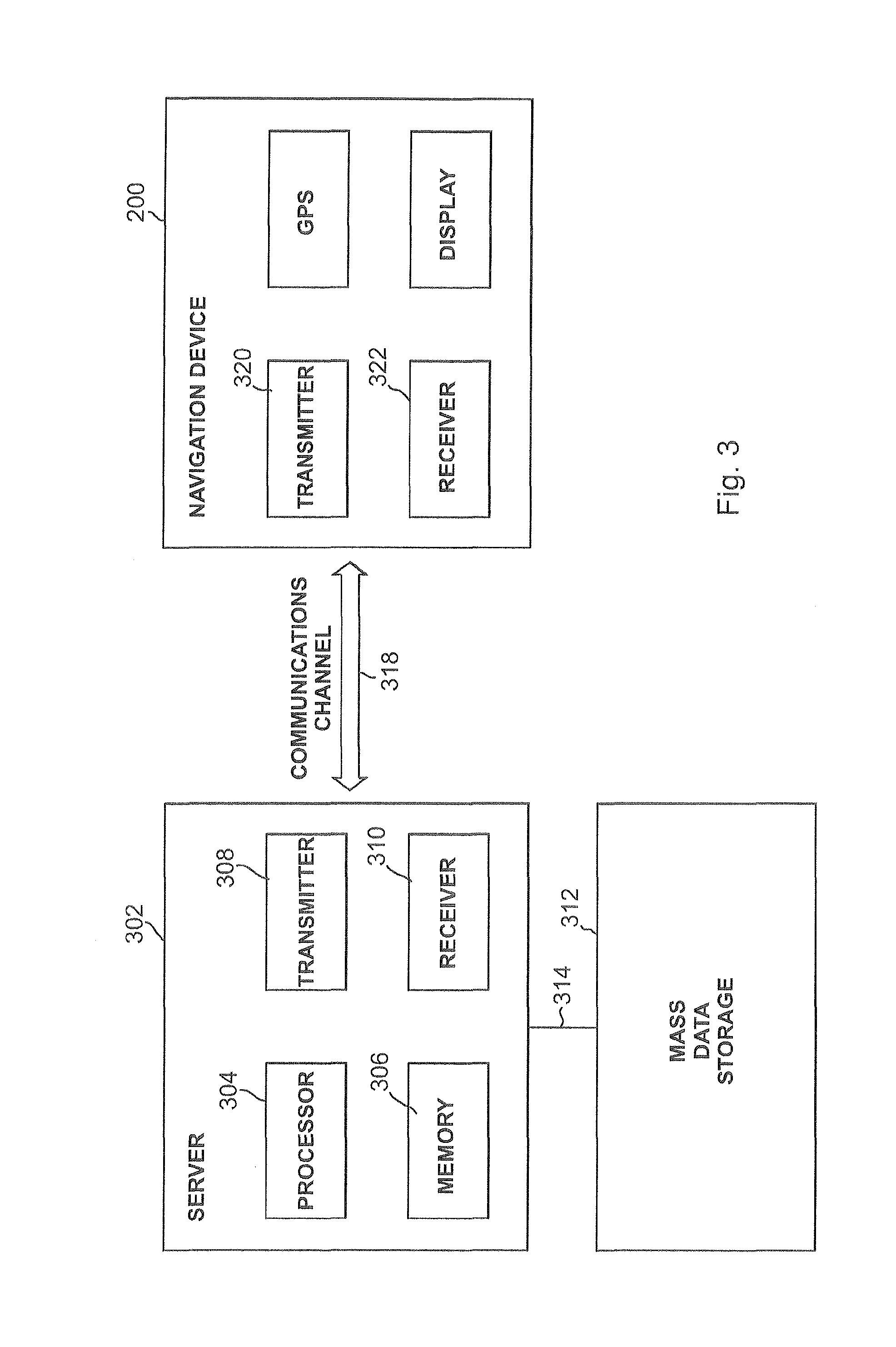Systems and methods for obtaining and using traffic flow information
a technology of traffic flow and information, applied in the field of methods and systems for determining the lane level speed information for road sections, can solve the problems of increasing the stress level of drivers, increasing the risk of dangerous situations developing, and limited information provided, so as to increase the ease of negotiation of road sections, accurately estimate durations, and increase the time available
- Summary
- Abstract
- Description
- Claims
- Application Information
AI Technical Summary
Benefits of technology
Problems solved by technology
Method used
Image
Examples
Embodiment Construction
[0094]Some preferred embodiments of the invention will now be described by way of example only, and with reference to FIGS. 1-6. The description with respect to FIGS. 1-4B provides background information to facilitate understanding of the invention in its various embodiments. The embodiments of the invention are described by reference to FIG. 5 onward.
[0095]Preferred embodiments of the present invention will now be described with particular reference to a PND. It should be remembered, however, that the teachings of the present invention are not limited to PNDs but are instead universally applicable to any type of processing device that is configured to execute navigation software so as to provide route planning and navigation functionality. It follows therefore that in the context of the present application, a navigation device is intended to include (without limitation) any type of route planning and navigation device, irrespective of whether that device is embodied as a PND, a nav...
PUM
 Login to View More
Login to View More Abstract
Description
Claims
Application Information
 Login to View More
Login to View More - R&D
- Intellectual Property
- Life Sciences
- Materials
- Tech Scout
- Unparalleled Data Quality
- Higher Quality Content
- 60% Fewer Hallucinations
Browse by: Latest US Patents, China's latest patents, Technical Efficacy Thesaurus, Application Domain, Technology Topic, Popular Technical Reports.
© 2025 PatSnap. All rights reserved.Legal|Privacy policy|Modern Slavery Act Transparency Statement|Sitemap|About US| Contact US: help@patsnap.com



